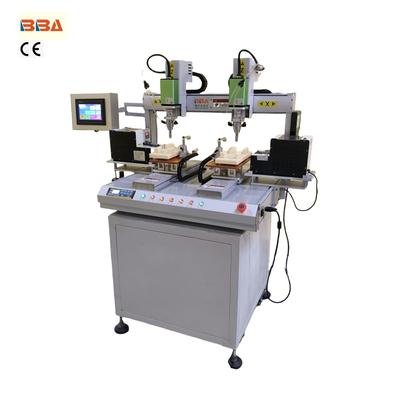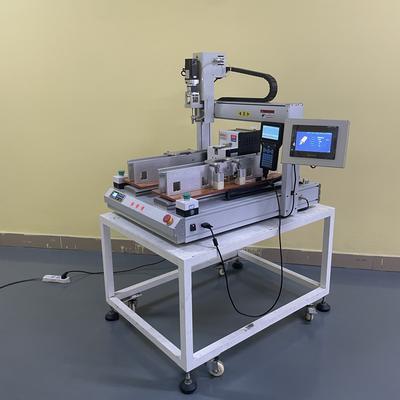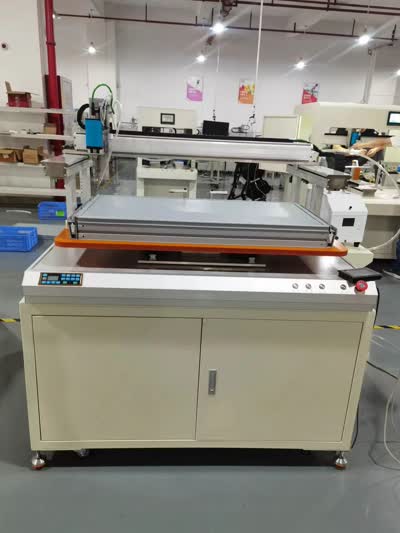Automatic Screw Locking System Increases Manufacturing Output | Industrial Automation

| Product Name | Applicable industries |
| Inline Screw Locking System | Medical Device Manufacturing |
Customer Review: Switching to Automatic Screw Locking Increased Our Output
In today’s competitive manufacturing landscape, even small improvements in efficiency can lead to significant gains in productivity and profitability. One of our long-term clients recently shared their experience after transitioning from manual to automatic screw locking systems, and the results were nothing short of impressive.
Before implementing automation, the client’s assembly line relied heavily on manual labor for screw fastening. This process was not only time-consuming but also prone to inconsistencies and errors. Workers often faced fatigue, leading to variations in torque accuracy and occasional missed screws. These issues resulted in product defects, rework, and sometimes even returns—costing both time and money.
After evaluating their needs, the client integrated our fully automatic screw locking solution into their production line. The system was designed to handle high-volume assembly with precision, offering features such as programmable torque control, error-proofing mechanisms, and seamless integration with existing conveyor systems.
The impact was immediate. Within the first month of operation, the client reported a 40% increase in daily output. What used to take hours was now being completed in minutes, with consistently reliable results. The automated system ensured every screw was perfectly tightened according to specification, eliminating human error and reducing waste.
Another notable benefit was the improvement in worker satisfaction. Employees previously assigned to repetitive screw driving tasks were reassigned to more value-added roles such as quality inspection and process supervision. This not only boosted morale but also enhanced overall operational visibility and control.
Moreover, the automated system provided valuable data insights. Real-time monitoring and analytics allowed the client to track performance metrics, identify bottlenecks, and further optimize their assembly process. This level of intelligence was simply unattainable with manual methods.
When asked about the return on investment, the client highlighted that the system paid for itself in less than six months thanks to reduced labor costs, higher yield, and improved product quality. They also emphasized the enhanced scalability—now they can easily ramp up production during peak demand without compromising on consistency or speed.
This success story underscores a critical point: automation isn’t just about replacing manual tasks—it’s about empowering businesses to achieve more. By embracing advanced screw locking technology, manufacturers can unlock new levels of efficiency, reliability, and growth.
If you’re considering upgrading your assembly process, learn from those who have already made the leap. The future of manufacturing is automated, and the time to act is now.


